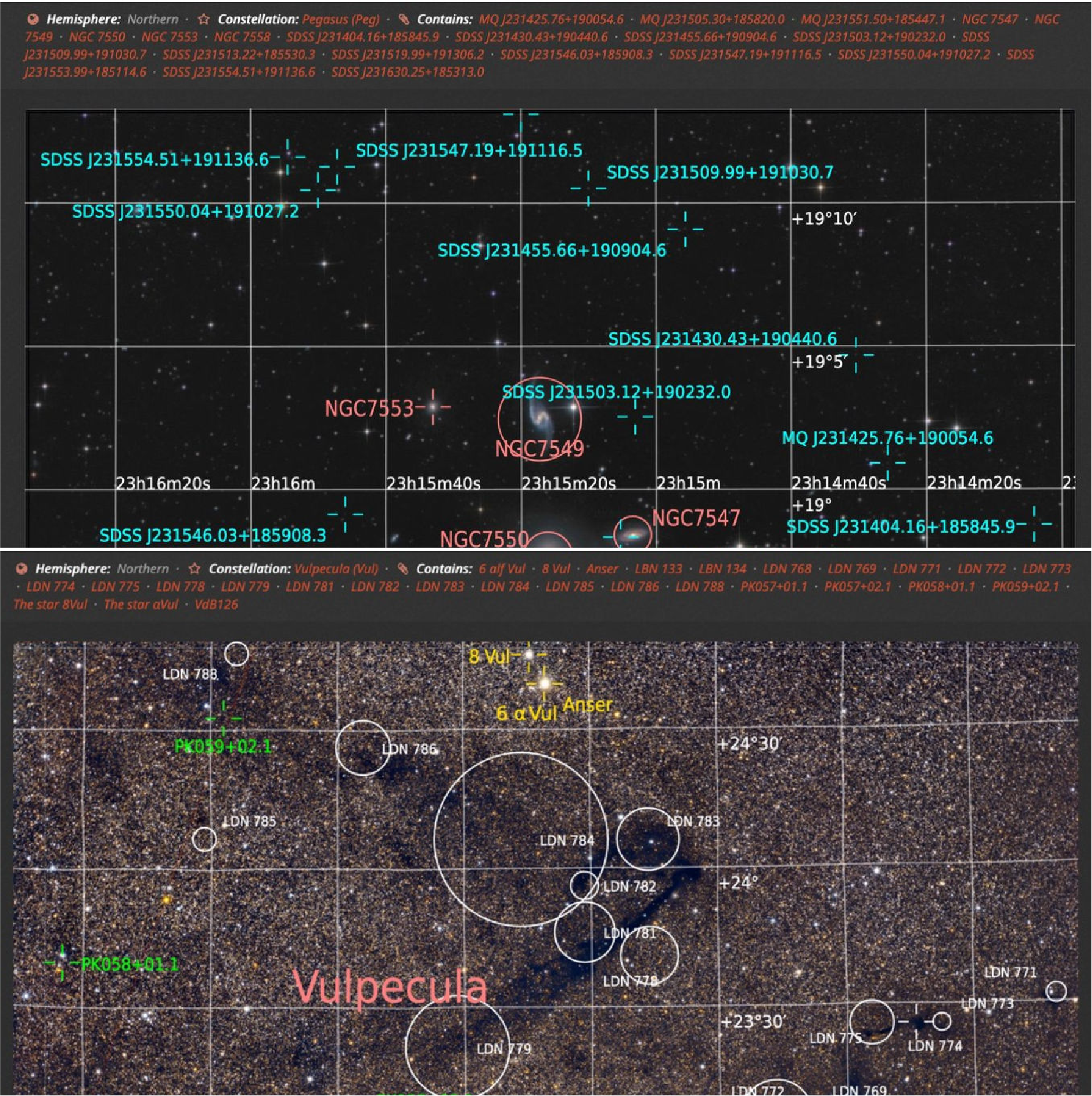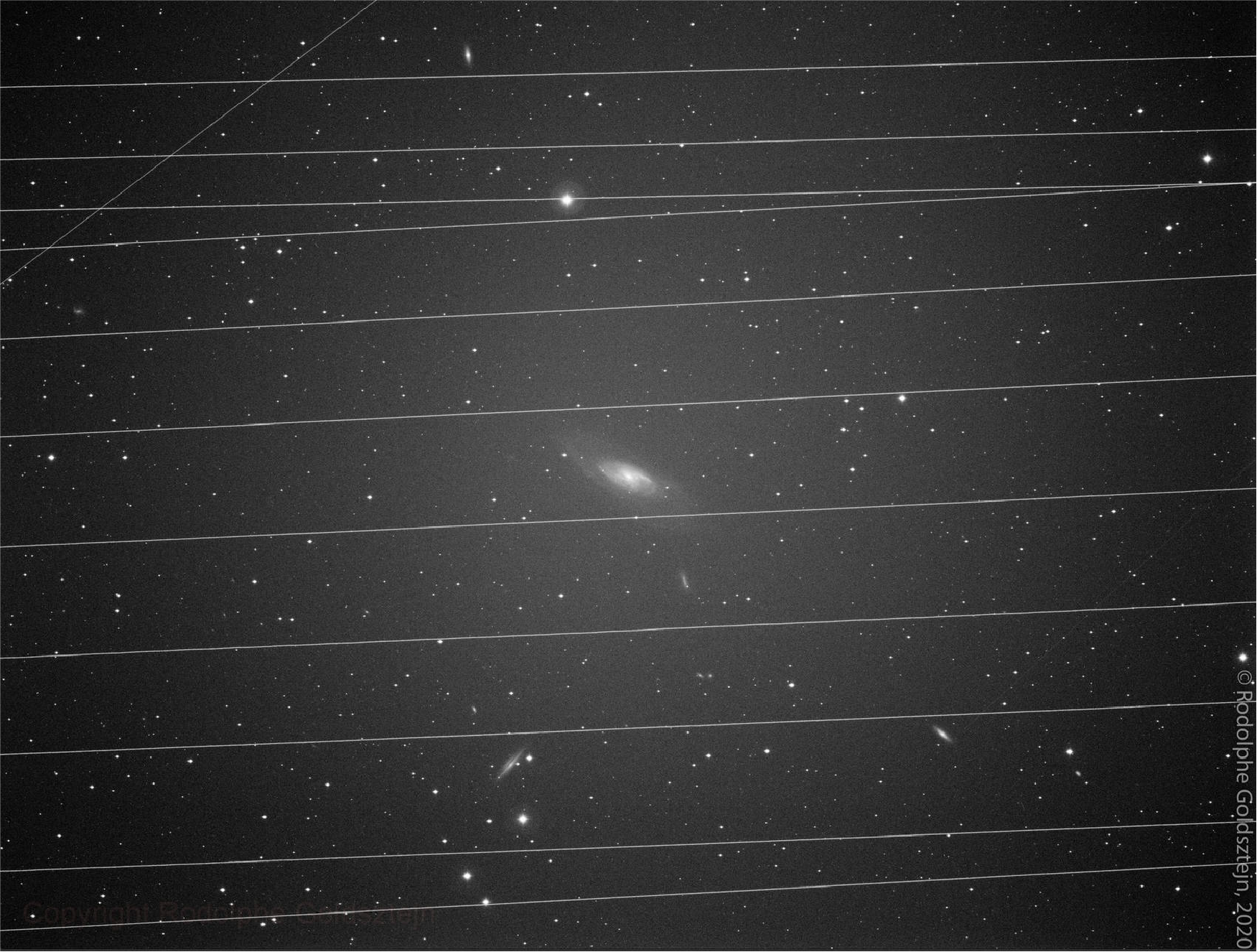September 2021 update
After recharging the batteries in August with some summer vacation, I feel like September was literally the month in which I wrote the most code in a month in my entire 20-year career in software development!
I'm super hyped about what's going to be released on AstroBin over the next few months, and you should be too!
Read on to learn more about what's new on AstroBin and what's coming up next (and remember: the list doesn't include bug fixes and smaller features 😛).
Salvatore
🌌 Advanced plate-solving improvements in collaboration with PixInsight
PixInsight was updated to version 1.8.8-10 on AstroBin's network. This comes with a few nice new features:
Improved stability and success rate.
Improved speed thanks to using the Gaia EDR3 database in XPSD format locally, instead of accessing Gaia star catalogs online through VizieR. XPSD stands for eXtensible Point Source Database and is a high-performance database format that PixInsight have designed and developed for storage and fast indexed access to massive star catalogs.
Three new catalogs: LBN (Lynd's catalog of bright nebulae, LDN (Lynd's catalog of dark nebulae, and MILLIQUAS (Million Quasar catalog).
Infrastructure improvements: AstroBin now automatically scales the number of active PixInsight servers on its network depending on the size of the processing queue: this means faster results.
Better feedback UI: AstroBin now reports what is the current stage of the PixInsight plate-solution, how many jobs are in the queue before yours, and a full execution log at the end of the task.
If you're not on AstroBin Ultimate, give it a try! It's literally less than $0.18 USD per day and if you're on a previous subscription already, you can get a refund after the upgrade!
🔭 Massive progress on the new equipment database
Work on the new equipment database and module, which is going to be the highlight of 2021, is ongoing, and during September I worked very hard on this, making giant leaps forward in terms of progress. As mentioned, I don't think I've ever written this much code in such a short period of time ever, and as I look at it, I'm also very happy about the quality!
I have now pretty much completed the following parts for the Cameras/Sensors database tables:
A tool called "Equipment explorer" that allows everyone to find equipment items on AstroBin, with their technical details and product picture, and collectively maintain this database in a wiki-style, peer- reviewed, editing process.
A tool for the migration of the legacy items (which suffer from duplication and fragmentation) into the new consolidated equipment database. This tool also employs a peer-review process to minimize mistakes.
The following parts are a work in progress:
1. I'm collaborating with a community member who is performing string analysis on the legacy database in order to perform some initial consolidation and significantly alleviate the migration workload.
2. I have received product databases from 🇺🇸 OPT and 🇺🇸 High Point Scientific, and I will try to integrate them, again to alleviate the migration workload. 🇩🇪 Teleskop-Service has also offered to help and they are working on a data export. Please do show your appreciation for these companies: they don't just sell us stuff, but they actively care for the community.
The following parts are still on my todo list:
After the initial round of testing, I will extend the tool to include Telescopes, Mounts, Filters, Accessories, and Software.
After the legacy database has been run through an initial consolidation, and the new database has been built to some extent (e.g. the top 20% items that are featured in 80% of AstroBin's images), I will build a new equipment selection tool page in the uploader wizard.
After 80% of the items in the legacy database have been migrated to the corresponding defragmented items in the new database, I will build a tool so that everyone can apply the migrations to the items that they have used on their images. Consider this a 3rd peer-review step in the process. It is extremely important that this process has a zero-tolerance for false positives and mistakes: the number one priority is to not chage an image's equipment to something different than what the author of the image meant.
At this point, I can integrate the new equipment database in the search engine, and add new search filters that work on technical properties (e.g. telescope aperture or sensor pixel size).
At this point, I can build individual pages for every item in the new equipment database, with the goal of building communities around equipment items.
At this point, as some time has passed and the new equipment database is strongly in use, with the majority of AstroBin images using equipment items from this database, we can go crazy with tools such as equipment suggestions based on popularity (e.g. "This telescope is most often used with these cameras")
What's the expected timeline for all this?
By the end of October, I hope to have removed all bugs (I can't thank the volunteers who have been helping me test this enough!), that we have done a thorough test run, and that I have added support for all equipment classes.
In November, I hope to have deployed this code to the live AstroBin servers, and that the volunteers are working on the migration process for real.
In December, I hope that we have reached the 80% migration milestone.
In January, I hope that the actual merge happens, and that I have completed
work on the community pages for equipment items and the new search tools.
✅ Please provide your feedback in relation to the problem of artificial satellites negatively impacting astrophotography
The company StealthTransit would like to invite the AstroBin community to participate in a quick online user research survey(approximately 10 minutes) to assess the impact of artificial satellites (such as StarLink) on astronomy and astrophotography.
This a topic that gains more and more relevance, and StealthTransit are working on novel hardware to mitigate this problem. Your early feedback would be very useful.
Please share your experience using the following form (filling in your name and email is optional):



